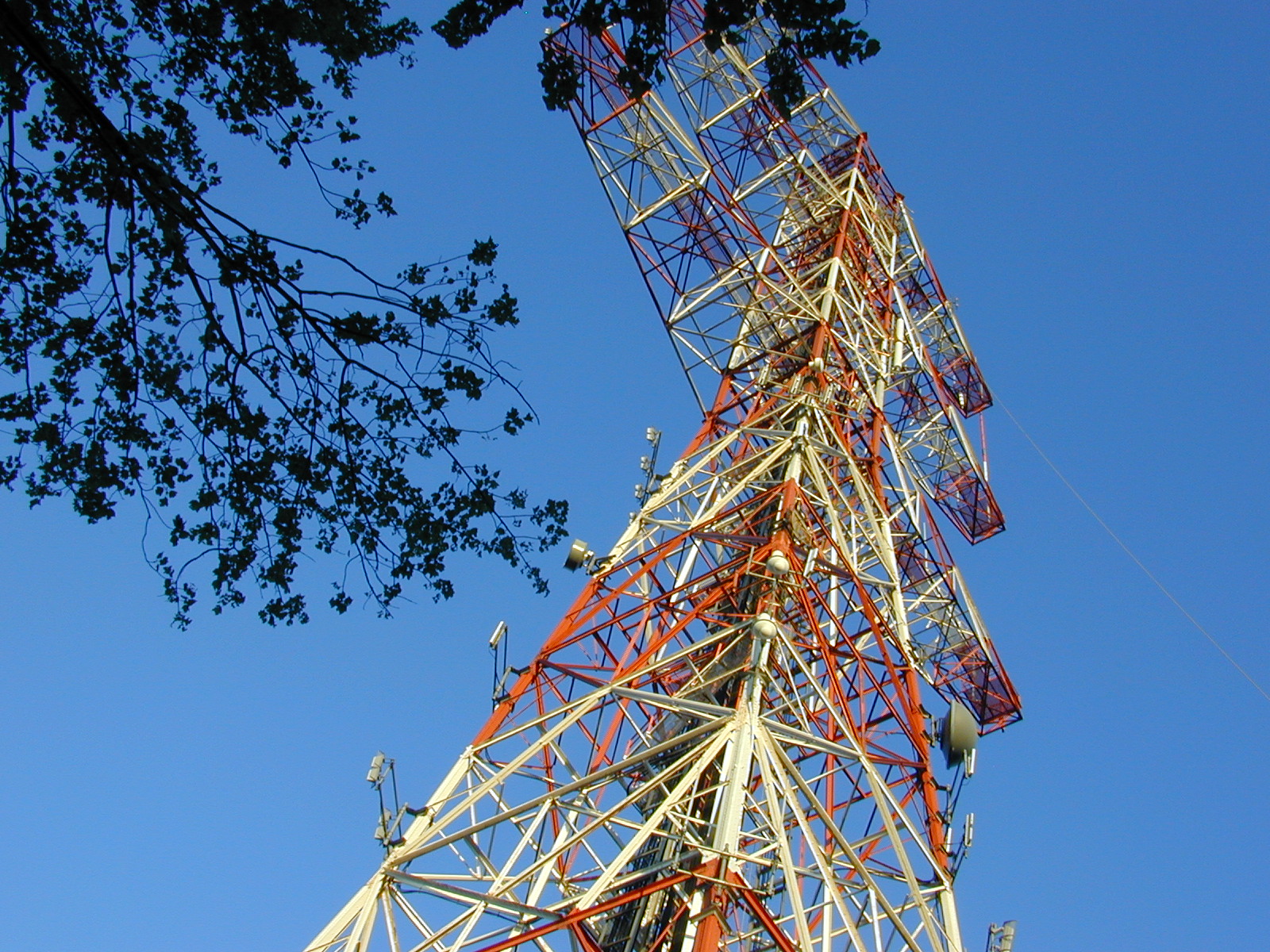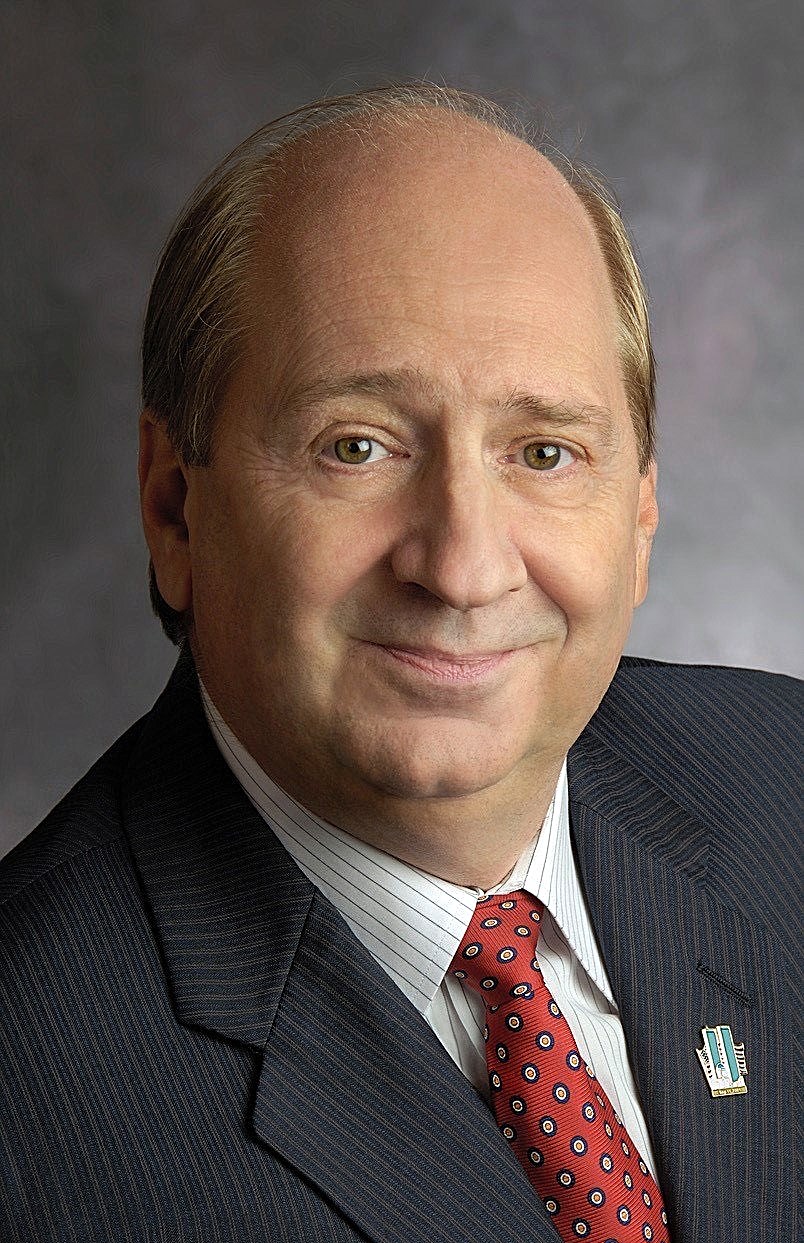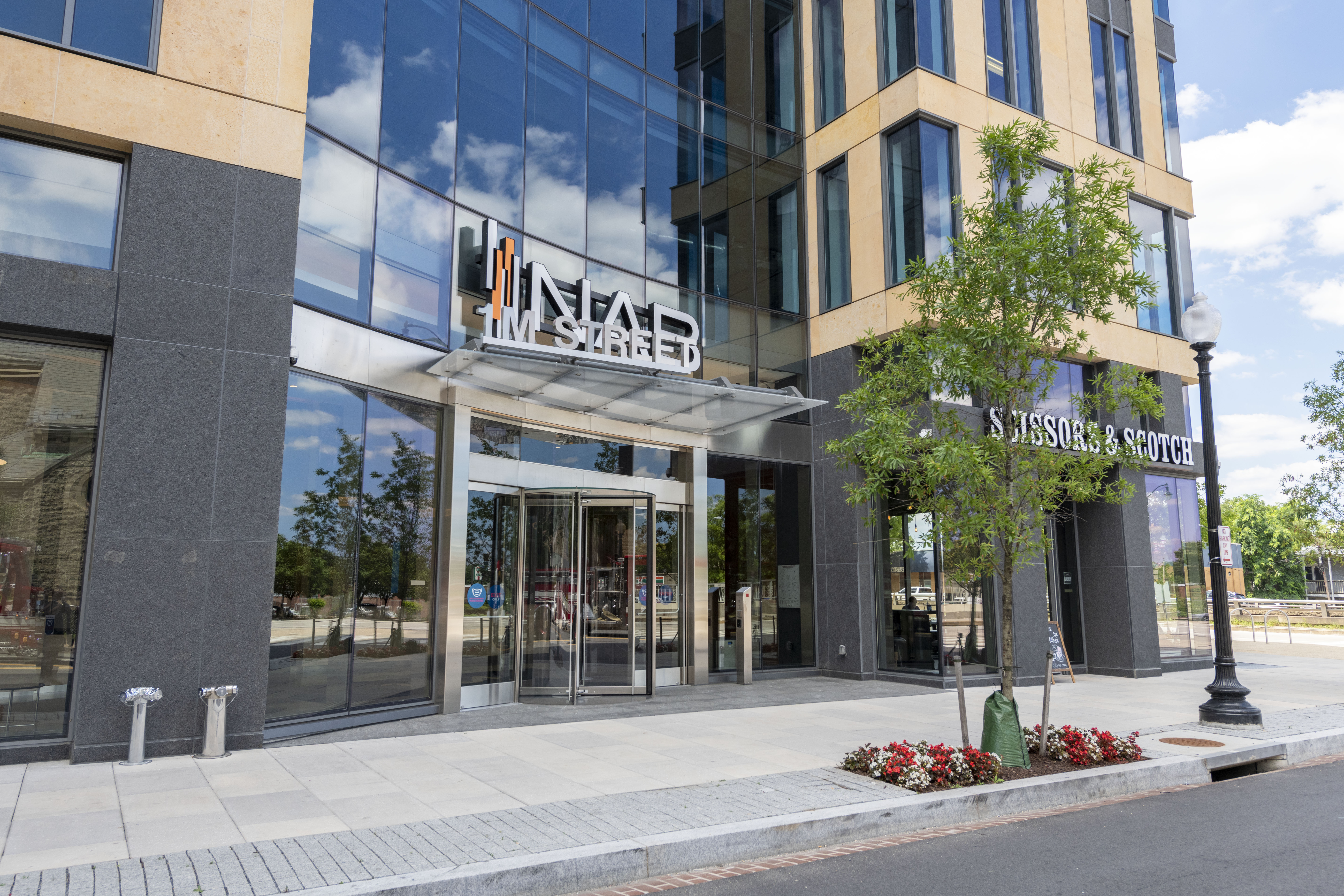20 Years Broadcasters Will Never Forget
In the first of two features on the impact of the 9/11 terror attacks on local stations, we look at the efforts to move broadcast signals to a temporary and then more permanent site

NEW YORK—When the massive antenna mast atop the north tower of the trade center crumbled into rubble on Sept. 11, 2001—20 years ago—the on-air signals of most major New York City broadcasters went with it. The disaster was pure chaos, and six broadcast engineers lost their lives that historic day. It has taken most of the past 20 years since to get signals back on the air from the World Trade Center site.
The whole two-decade saga not only tested television technology to the maximum degree, but brought broadcasters back to their historical roots. After the terrorist attack, unable to quickly relocate antennas to the crowded spar at the peak of the Empire State Building, television broadcasters turned to another broadcast landmark—radio pioneer Edwin Armstrong’s 425-foot tall FM radio tower on the Palisades Interstate Parkway in Alpine, N.J.
EMPIRE’S EARLY DAYS
Before 9/11, Armstrong’s Alpine tower was home to a variety of communications services for government, industry and a radio station. Post-9/11, New York City TV stations WNBC, WABC, WPIX and WNET installed temporary antennas onto Alpine; and yet, in the scramble to get back on the air, few current-day broadcasters realized the grand irony of choosing Armstrong’s historic mast, once the site of America’s first FM radio station.
What began as a defining moment for American broadcasting in the 1930s came full circle to save modern day broadcasters after 9/11. The 102-story Empire State Building, opened in 1931, was at the time the tallest building in the world and a natural place to install broadcast antennas. Its 1,250-foot peak, originally designed as a mooring for dirigibles, was soon converted to an antenna mast.
Early on, the building’s 85th floor became a hotbed of broadcast activity. It was home to RCA’s experimental television station, which began broadcasting shortly after the skyscraper opened. Eventually, “Empire” became home to nearly all of New York City’s television stations, remaining so until completion of the 110-story World Trade Center in the early 1970s.
Empire’s 85th floor was also home to Edwin Armstrong’s FM radio laboratory. By 1935, it was clear that Armstrong’s “static-less” FM system worked well—perhaps too well. Jealous, RCA chief David Sarnoff claimed he needed the space for television and ordered Armstrong—who wanted to begin an FM broadcasting service in New York—to remove his equipment and vacate the Empire State Building.
Get the TV Tech Newsletter
The professional video industry's #1 source for news, trends and product and tech information. Sign up below.
Armstrong’s eviction from Empire left the inventor undeterred in his quest to bring high fidelity FM radio to New Yorkers. After purchasing 11 acres of land in Alpine that overlooked the New York metropolitan landscape, Armstrong built a massive three-armed steel tower in 1937 and soon launched the nation’s first FM radio station.
Armstrong’s independent FM radio venture, however, would lead to a legendary feud with rival Sarnoff. After World War II, with the launch of commercial television on the horizon, a lengthy patent battle ensued between Armstrong and Sarnoff’s RCA and NBC network. The vicious conflict would eventually destroy Armstrong. It led to the radio pioneer dressing in a suit, overcoat, scarf with gloves jumping to his death from his New York City apartment in 1954.
AFTER 9/11
Coverage of the 9/11 attacks and their aftermath became the longest uninterrupted news event in the history of American television. Major U.S. broadcast networks were on the air for 93 continuous hours with the story. It was the first time since the assassination of President John F. Kennedy that the television networks announced there would be no television commercials or programs for an indefinite period. Broadcast executives widely felt that it was an inappropriate time for entertainment programs to be shown when so much death and destruction was being seen live on television.
Over time, the people, along with the broadcasters, recovered. In 2006—five years after 9/11—cement for the foundation began being poured for the new 104-floor One World Trade Center site near the fallen twin towers. The Durst Organization, one of the oldest family-run commercial and residential real estate companies in New York City, partnered with the Port Authority of New York and New Jersey in 2010 to lease the management rights to offices and the spire at the 1,776-foot tall building. State-of-the-art antenna facilities would be rebuilt to accommodate broadcast and telecommunications.

In 2015, One World Trade Center, costing a whopping $3.9 billion, was completed and the late engineer John Lyons, who was then Durst’s director of broadcast communications, supervised testing VHF and UHF transmission for real-world conditions. In the spring of 2015, test antennas were installed and TV signal measurements were taken at 200 test points as the antennas were horizontally swiveled in increments to confirm the transmission parameters. The testing by the Metro TV Alliance (MTVA), made up of a group of 11 New York TV stations, verified the experimental antenna results. By the end of 2015, the first four TV stations had signed leases for the new building.
ROBUST AND ENVIRONMENTALLY FRIENDLY
In the summer of 2016, construction of the 408-foot spire to hold the antennas began. Weighing 758 tons, it has the capacity to handle every TV and FM radio station in the New York market. The entire facility uses the latest technology and is environmentally friendly, with a beacon of light visible from miles away. It’s robust, too—the core of the building is made of ultra-high strength concrete. At 14,000 pounds per square inch, it is the strongest ever poured in New York City.
All TV antenna hardware was designed to be ATSC 3.0 and repack-ready. A range of other antennas are mounted on the communications rings that encircle the main spire. There are services available for GPS, ENG, SDL, two-way radio, mobile and studio transmitter links. The first repacked TV stations on the new tower included WCBS, WNBC/WNJU, WPXN, WNET, WWOR, WLIW and WNYW.
A spokesman for the Durst Organization said there are currently two UHF master antennas, one VHF high-band master antenna and one VHF low-band CH2 antenna on the spire at One World Trade Center. The Broadcast and Broadcast Support Facilities occupy space on four levels of the building. Six UHF TV stations, one VHF high-band TV station and one VHF low-band station now broadcast from the tower.
Durst will not provide an updated list of all the names of broadcasters on the tower. However, Keith Dumanski, senior manager of Public Affairs and Business Intelligence at Durst, did say, “We are in negotiations with potential licensees.” One engineer speculated the lack of transparency in providing information is for security reasons—with Durst not wanting to advertise their high concentration of broadcast tenants in a location that was once a terrorist target.
Part two of our look back on the 9/11 attacks is available here.
Frank Beacham is an independent writer based in New York.

